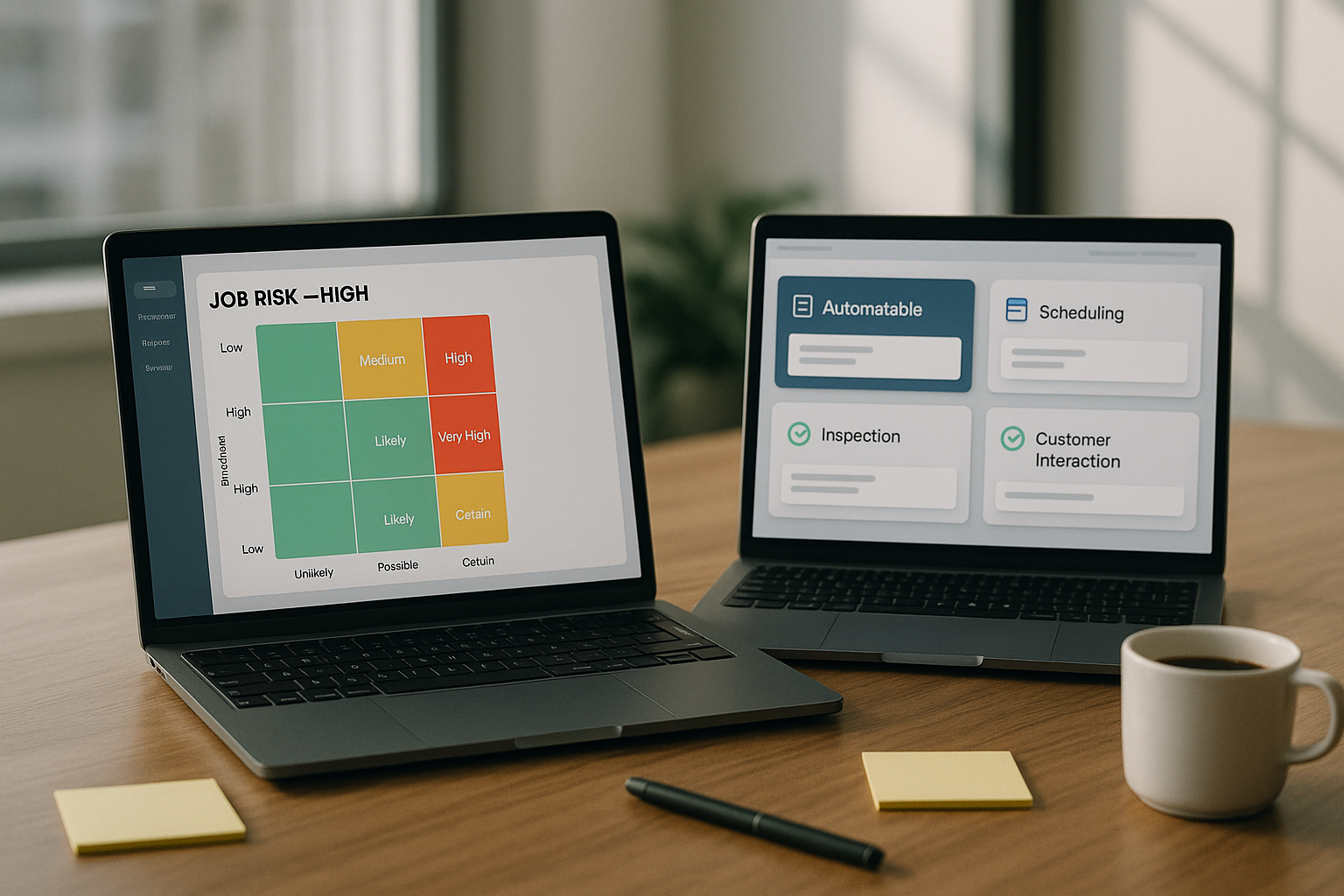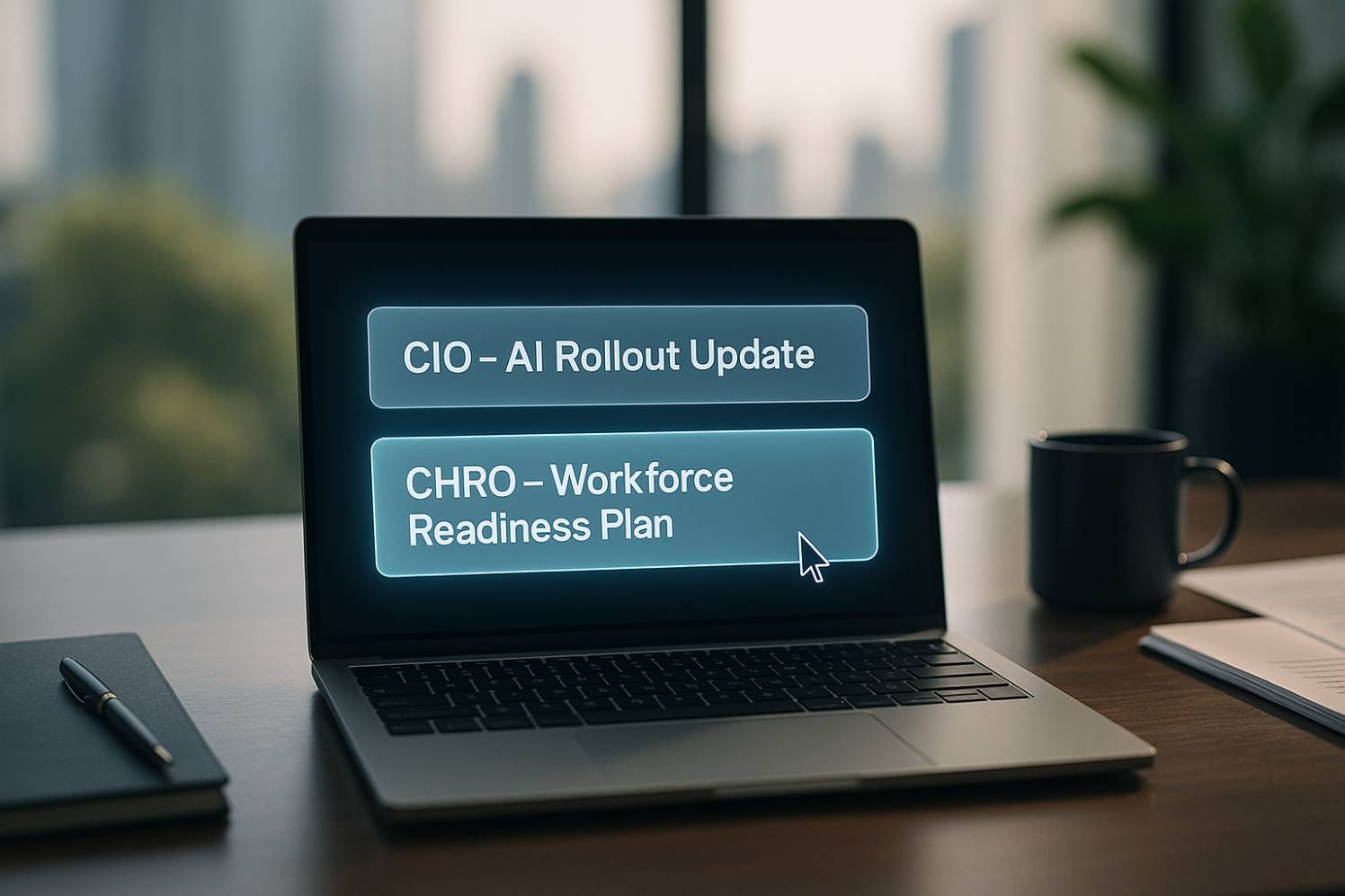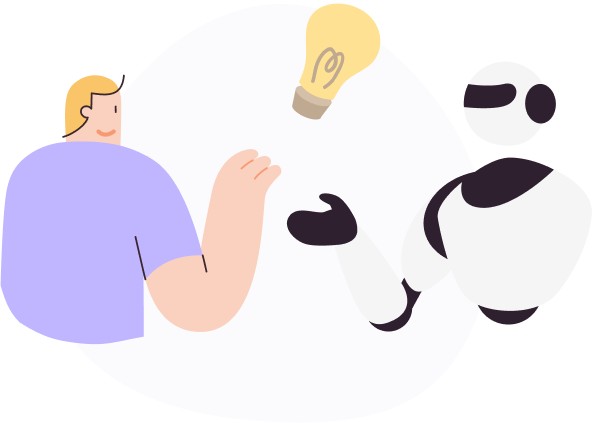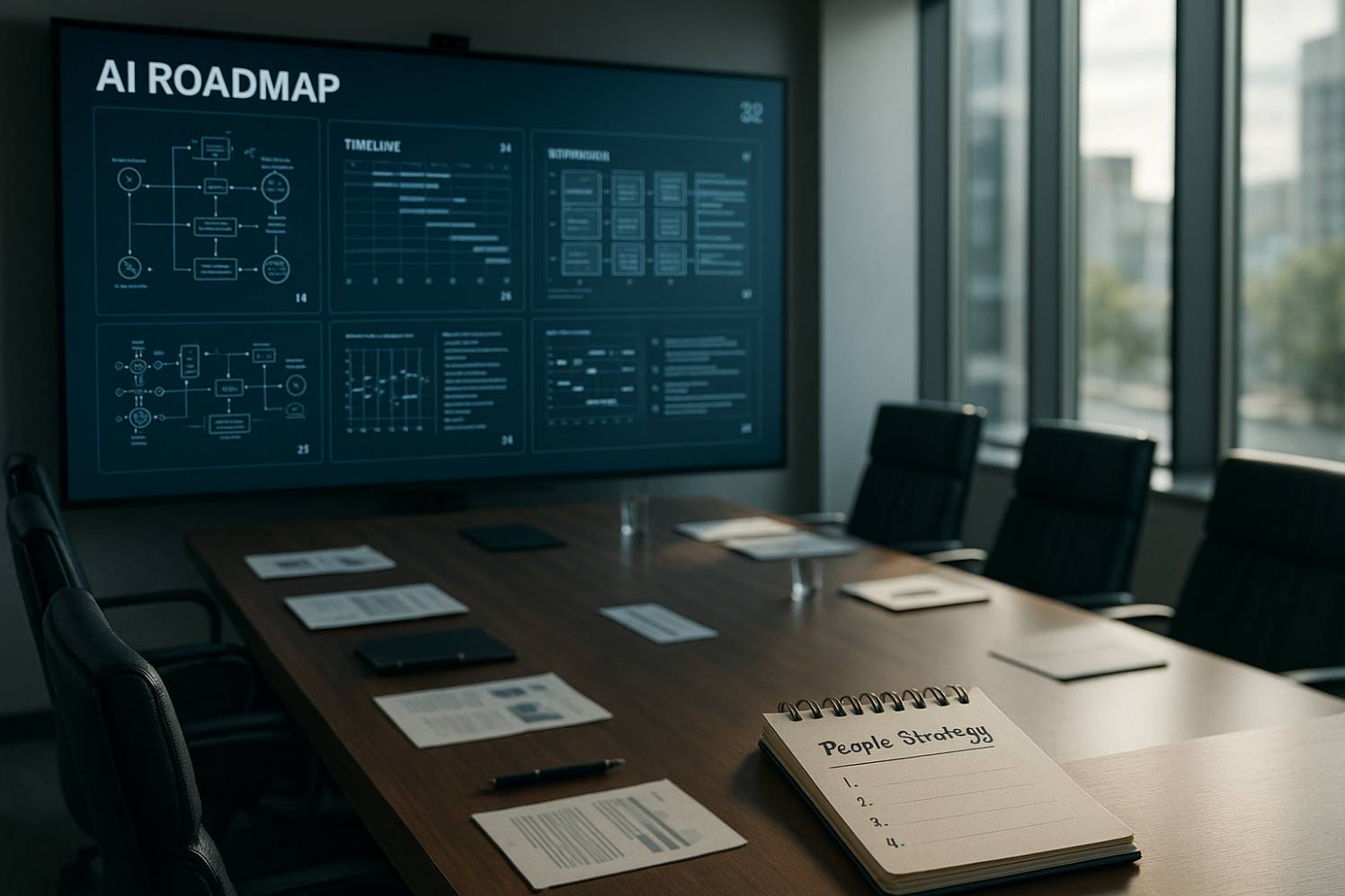Last month, I sat in on a leadership meeting where the CTO presented an impressive technology roadmap to the board. Thirty-two detailed slides covering new tools, automation opportunities, and projected productivity gains. It was thorough, strategic, and clearly months in the making.
When the conversation turned to the people-side of this transformation? Four bullet points. That was it.
No workforce planning. No analysis of how roles might change. No acknowledgment of what employees were already whispering about in the break room.
The CHRO was caught a bit off guard and certainly wasn’t happy. This wasn't a one-off. It's becoming the norm.
The Gap Is Getting Wider
While technology leaders are methodically planning their digital transformations, HR departments are often finding out about major changes after the fact - without the data, tools, or influence to shape what comes next.
At one company I know, leadership had already invested heavily in automated systems that would fundamentally change how certain jobs get done. Some roles would evolve significantly. Others might disappear entirely. But nobody had thought to loop in HR during the planning phase.
The employees? They could sense something was coming. And they weren't excited about it - they were worried.
This fear isn't helping anyone. Research shows that when people see new technology as a threat to their livelihood, they're less likely to embrace it. Trust breaks down. Productivity actually drops. So companies end up slowing down the very progress they're trying to accelerate.
What HR Leaders Are Really Up Against
The challenge isn't just about communication - it's about having the right information at the right time.
How do you plan for workforce changes when you don't know which tasks are most vulnerable to automation? How do you have meaningful conversations with employees about their future when you can't see around the corner yourself?
Most HR teams are working with high-level assumptions rather than task-level analysis. They know change is coming, but they can't pinpoint where it will hit hardest or where human skills will remain essential.

The Skills Gap Is Getting Worse
In Australia, New Zealand, and the US, job postings requiring AI-related skills have doubled in the past year. But the number of qualified candidates hasn't kept pace.
This creates two big problems:
First, workforce planning becomes exponentially more complex when roles are changing faster than organizational structures can adapt.
Second, if you're not Google or a hot startup, competing for specialized talent is going to be expensive and frustrating.
For most organizations, the practical answer isn't trying to outbid tech giants for scarce talent. It's developing the people you already have - if you know where to focus your efforts.
What Actually Works
The HR leaders who are getting ahead of this aren't just communicating better - they're fundamentally changing how they approach workforce planning.
Instead of thinking about whole jobs that might disappear, they're breaking work down into individual tasks and asking: which of these could be automated today? Which might be automated in two years? Which will likely always need a human touch?
This task-level view reveals opportunities that job-level analysis misses. A role might be 60% automatable, but that doesn't mean it disappears - it means it transforms. And if you can see that transformation coming, you can help people prepare for it.
They're also mapping realistic career paths from at-risk areas to growing ones, based on transferable skills rather than traditional hierarchies. They're having proactive conversations with employees about change instead of reactive ones about layoffs.
Most importantly, they're bringing concrete data to leadership discussions instead of general concerns about "change management."
This Is HR's Moment
Technology is going to reshape your workforce whether you plan for it or not. The systems will keep getting smarter. The vendors will keep selling. The transformation will keep rolling forward.
But only HR can ensure that people aren't casualties of progress.
The companies that get this right won't just survive the transition - they'll emerge stronger, with more engaged employees and more sustainable competitive advantages.
The question isn't whether change is coming. It's whether you'll be ready for it.
So when AI hits the agenda of your board room, who will the CEO call first, you or the CIO?

Introducing GoFIGR’s Impact of AI Diagnostic
If you're ready to move beyond guesswork and gut feel, our new Impact of AI Diagnostic gives you a clear, practical view of how AI will reshape your workforce - role by role, task by task, and skill by skill.
It helps you:
- Identify where automation is likely to land - assessed against your company’s AI roadmap and existing tech stack
- Spot roles at risk before they become a problem
- Uncover opportunities to redeploy talent and build future-critical skills
- Bring clarity to which capabilities - like data literacy, problem-solving, systems thinking, and AI fluency - you need to start growing now
- Build a people strategy that matches the pace of transformation
You don’t need to wait for disruption to start planning.
Let us help you move from uncertainty to clarity - and from reaction to readiness.
Learn more or book a walkthrough here.




